If you’ve ever jumped straight into a climb without warming up for climbing, you’ve probably felt the effects—tight muscles, stiff fingers, and maybe even the dreaded flash pump that leaves your forearms burning just minutes into your session.
Warming up for climbing is one of the most overlooked but essential parts of climbing. It prepares your body for movement, prevents injuries, and improves performance. Without it, you’re setting yourself up for muscle strain, fatigue, and a harder time progressing in your climbing goals.
In this article, we’ll cover why warming up for climbing matters, how to avoid flash pumps, and the best warm-up routines for both beginner and experienced climbers.
Why Climbing Warm Ups Matter
A good warm-up does two key things. First, it increases blood flow to your muscles, making them more flexible and responsive while reducing the risk of injury. Second, it prepares your muscles, tendons, and ligaments for heavier loads and more intense movements than what your body experiences in everyday life.
For climbers, warm-ups are also crucial for preventing the flash pump, a rapid muscle fatigue that can cut your session short before you even get started.
Avoiding the Flash Pump
A flash pump happens when your muscles become overworked too quickly, leading to a rapid decline in grip strength, muscle tightness, and an intense burning sensation in the forearms.
This often occurs when climbers jump straight into hard routes without properly warming up their muscles, tendons, and circulation. The result? Your capillaries tighten, your muscles over-contract, and blood flow gets restricted, leaving you fatigued in minutes.
To prevent this, your warm-up should gradually activate your forearms, shoulders, core, and legs—not just your grip.
The Perfect Climbing Warm-Up
The Perfect Climbing Warm-Up
A well-structured warm-up doesn’t need to take long, but it should be intentional. It should also be adapted based on the type of climbing you’re doing.
There are two primary warm-up structures:
- The Standard Warm-Up – Best for general climbing sessions, bouldering, or endurance-focused workouts.
- The Extended Warm-Up – Ideal for more intense sessions, strength training, or hard redpoint attempts.
1. The Standard Warm-Up (10-20 Minutes)
A standard warm-up should be flexible, efficient, and easy to complete in 10-20 minutes. It should make up around 20-40% of your total workout volume, focusing on getting your muscles moving without tiring you out.
One effective structure is the “4 Up, 4 Down” method:
Climb four easy boulder problems or routes (VB-V2), focusing on smooth, controlled movement.
Downclimb each problem instead of jumping off to further activate your muscles.
Repeat each climb twice, moving steadily from one problem to the next without extended rests.
This warm-up gradually increases blood flow, activates key muscle groups, and loosens up your forearms to prevent the flash pump.
2. The Extended Warm-Up (For Harder Climbing)
If you’re about to attempt hard bouldering problems, limit climbing, or power-focused workouts, you need a more structured warm-up that includes progressive difficulty and dynamic movement.
A great way to achieve this is the 3-2-1 Pyramid Method:
- Start with three easy problems (VB-V1)
- Move to two moderate problems (V2-V3)
- Finish with one near-limit problem (V3-V4 or higher)
This method gradually increases the intensity, ensuring that your muscles and connective tissues adjust to harder moves safely.
If you’re focusing on a particular hold type—crimps, slopers, pinches—incorporate those into your warm-up so that your fingers are properly prepared for the session ahead.
Additional Warm-Up Elements: Dynamic Stretching vs. Static Stretching
While stretching is essential, static stretching before climbing isn’t ideal—it can actually reduce muscle power. Instead, focus on dynamic stretches that promote blood flow and joint mobility:
Arm circles and shoulder rolls to loosen your upper body
Hip openers and lunges to increase mobility for high steps
Wrist rotations and finger flicks to prepare your hands and forearms
Save static stretching for after your session when your muscles are warm.
Post-Climb Recovery: How to Cool Down Properly
A warm-up prepares your body for the climb, but a cool-down helps your muscles recover and prevents soreness.
1. Hydration – Replenish and Recover
Climbing depletes your fluids and electrolytes. Drink plenty of water, and consider adding electrolytes if you’ve been sweating heavily.
2. Stretch and Mobilize
Now that your muscles are warm, static stretching can help release tension and prevent stiffness. Focus on forearm, shoulder, hip, and lower back stretches.
3. Refuel with Proper Nutrition
Replenish protein and carbohydrates to help rebuild muscles. A balanced post-climb meal might include:
Lean protein (chicken, fish, tofu, eggs)
Whole grains (quinoa, brown rice, oats)
Healthy fats (avocados, nuts, olive oil)
Antioxidants (berries, dark leafy greens)
4. Rest and Sleep
Recovery happens when you rest! Get 7-9 hours of sleep to allow your muscles and tendons to repair and grow stronger.
5. Hand and Skin Care
Wash off chalk, moisturize your hands, and file down rough calluses to prevent tears and flappers. Soaking your hands in warm salt water can also help heal minor abrasions.
Final Thoughts: Prepare, Climb, Recover
Climbing isn’t just about strength—it’s about preparation, endurance, and proper recovery. Warming up for climbing prevents injuries, improves performance, and helps you climb longer and harder.
Key Takeaways:
Always start with a warm-up to increase blood flow and prevent flash pumps.
Use the Standard Warm-Up (4 Up, 4 Down) for general sessions.
Use the Extended Warm-Up (3-2-1 Pyramid) for more intense workouts.
Stay hydrated, stretch post-climb, and eat well to optimize recovery.
Prioritize rest and hand care to keep climbing consistently.
By following these warm-up and recovery strategies, you’ll climb smarter, stay injury-free, and progress faster. Happy climbing!

